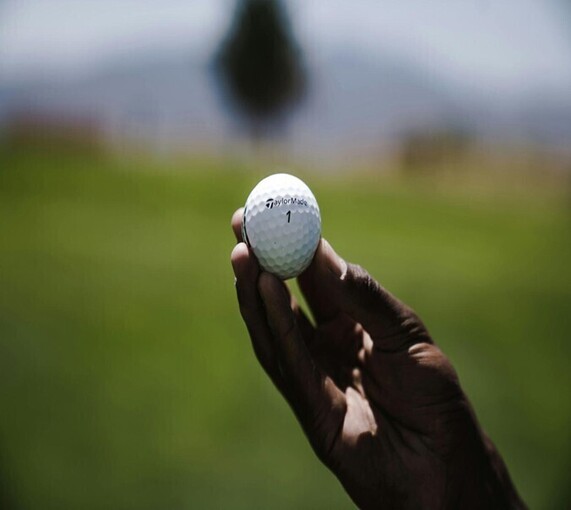
It's a sunny day, and you're standing on the tee, ready to make the swing that could lead to your personal best. But as you tee up, did it ever cross your mind how the choice of golf balls could affect your game? Interestingly, the type of golf ball you play with can significantly influence your performance on the course. From beginners to seasoned professionals, understanding how to select the perfect golf ball is akin to finding the missing piece of your game's puzzle.
Understanding Golf Ball Construction
Diving into the world of golf balls, you'll find a surprising variety, each designed with different layers and materials to affect the ball's flight, control, and spin. For instance, two-piece balls, known for their durability and distance, are perfect for beginners mastering their swing. On the other hand, experienced players might lean towards multi-layered balls that offer more control and a softer feel. When we talk about the core and compression of golf balls, we're essentially addressing their feel and suitability for different swing speeds. Simply put, low-compression balls work wonders for slower swings, offering distance and a soft feel, whereas high-compression balls cater to those with a faster swing, prioritizing control and feedback.
In the modern game, golf ball construction has evolved with technology, providing a wide array of options tailored to different aspects of play. For novices, the focus might be on two-piece designs for their simpler construction and emphasis on distance. Intermediate players might choose three-piece balls to leverage the extra layer's benefits on spin and precision. For pros and low handicappers, four or five-piece balls that offer complex layering can refine shot-making abilities and responsiveness on the greens. It's crucial to know that construction goes beyond the number of layers: the materials used, such as Surlyn for durability or Urethane for a softer feel, also define the playability of the ball.
The Role of Dimple Patterns
You might have noticed the dimples on a golf ball without giving them much thought. However, these small indentations play a crucial role in how a ball behaves in the air. Dimples create aerodynamic lift, allowing the ball to fly higher and farther. Variations in dimple design, such as the depth and pattern, directly affect a ball's trajectory and spin. It's fascinating how something as small as a dimple pattern can impact the flight stability and aerodynamic efficiency of a golf ball.
Matching Golf Balls With Your Playing Style
Every golfer has a unique playing style, influenced by their skill level and personal preferences. For beginners, golf balls that prioritize distance and durability can help in mastering those initial drives. As you progress, you might search for a ball that offers a balance between performance and feel, bridging the gap between novice and advanced play. And for the experts on the green, customizing your choice to optimize for spin, feel, and control becomes paramount. Remember, it's worth experimenting with different brands and models to discover the perfect match for your style.
Weather and Course Conditions Matter
Golf is an outdoor sport, making it susceptible to the whims of Mother Nature. Depending on the weather and course conditions, you might need to adjust your choice of golf balls. Wet conditions call for balls with softer covers to ensure a better grip on the club, enhancing control. Conversely, firmer balls may perform better in windy conditions or on harder courses, offering stability and precision. It's all about adaptability – understanding how to tweak your equipment to suit the day's play can make all the difference.
How To Read Reviews and Golf Ball Ratings Effectively
With countless options available, making an informed choice can seem daunting. This is where golf ball reviews and ratings become invaluable. Look for feedback from players with a handicap and playing style similar to yours. Paying attention to details about compression, construction, and the golfer's experience can help you make a more informed decision. However, keep in mind that price doesn't always equate to performance. There's great value to be found without breaking the bank – it's all about finding the right ball that complements your game.
Practice Makes Perfect
As with any aspect of golf, consistency is key. Once you've found a golf ball that suits your style, sticking with it during practice can help improve your game. Setting goals and tracking your performance allows you to see tangible improvements, motivating you to keep pushing your limits. As you evolve as a golfer, your choice of golf ball may change, too – and that's okay. It's part of the journey towards mastering the game.
Wrap Up
The quest for the perfect golf ball is not just about enhancing performance; it's about discovering more about your game and how you play it. From considering the construction and design of the ball to adapting to different conditions and reviewing feedback, every step is part of refining your skills. So go ahead, experiment, and find the golf ball that makes you feel confident at tee time. After all, the quest for improvement is what makes golf endlessly fascinating.
Source: Story.KISSPR.com
Release ID: 968004

